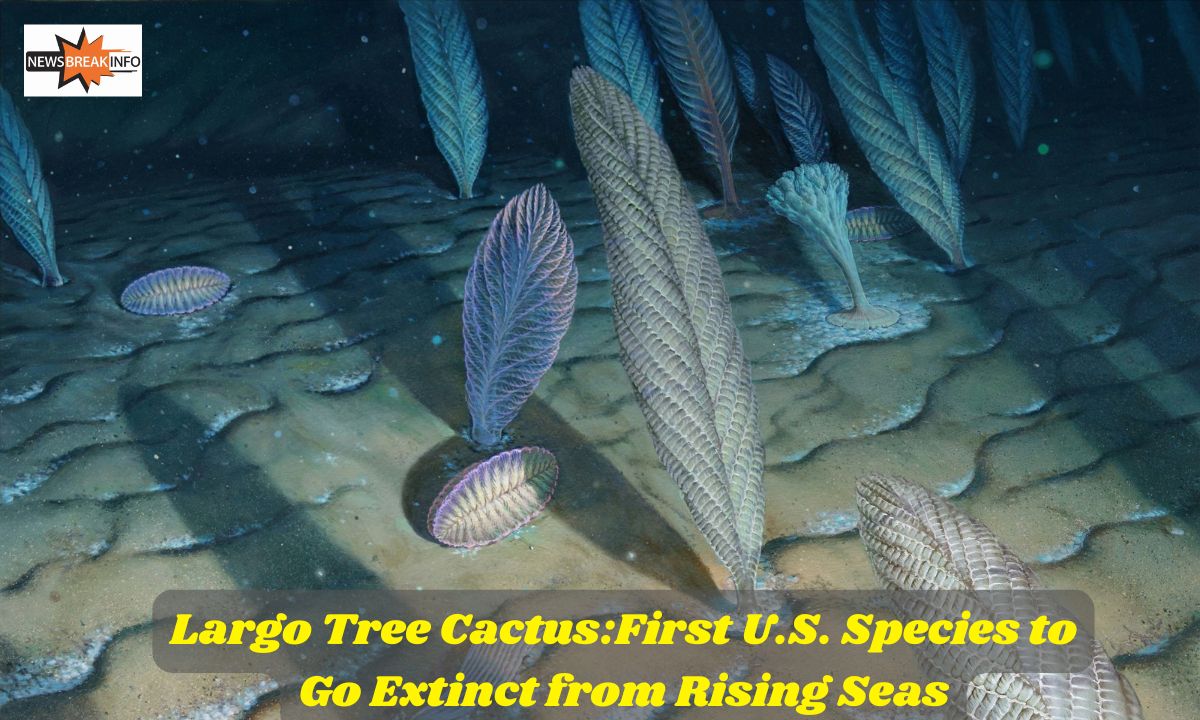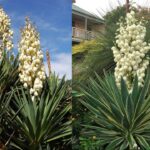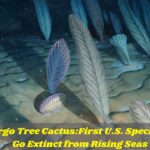The Key Largo Tree Cactus (Pilosocereus robinii) is a unique species that was once native to the tropical hardwood hammocks of the Florida Keys, particularly Key Largo. This cactus species stood as a testament to the biodiversity of the region and played an essential role in the ecosystem.
Known for its slender, towering structure, this cactus could reach heights of up to 10 feet. The species had a distinctive bluish-green stem and soft spines that made it visually striking.
However, it became the first plant species in the United States to go extinct due to rising sea levels, a dramatic reminder of the accelerating effects of climate change.
The Slow Decline: Habitat Loss and Human Interference
The decline of the Key Largo Tree Cactus was not abrupt. It was a gradual process exacerbated by various human and environmental factors.
Habitat Loss
One of the primary causes of the cactus’s decline was the loss of its natural habitat. Urban development, particularly the expansion of residential and commercial areas, significantly reduced the available land for this cactus to grow.
Deforestation for tourism, housing, and infrastructure development led to the fragmentation of the tropical hardwood hammocks it relied upon.
Human Interference
Human interference in the form of illegal collection, vandalism, and recreational activities also played a significant role in the decline. Some individuals collected this cactus for private gardens or for sale, further reducing the already limited population.
Additionally, construction and road-building projects disrupted the delicate balance of its native ecosystem, leading to further fragmentation and isolation of the species.
Rising Seas: The Fatal Blow
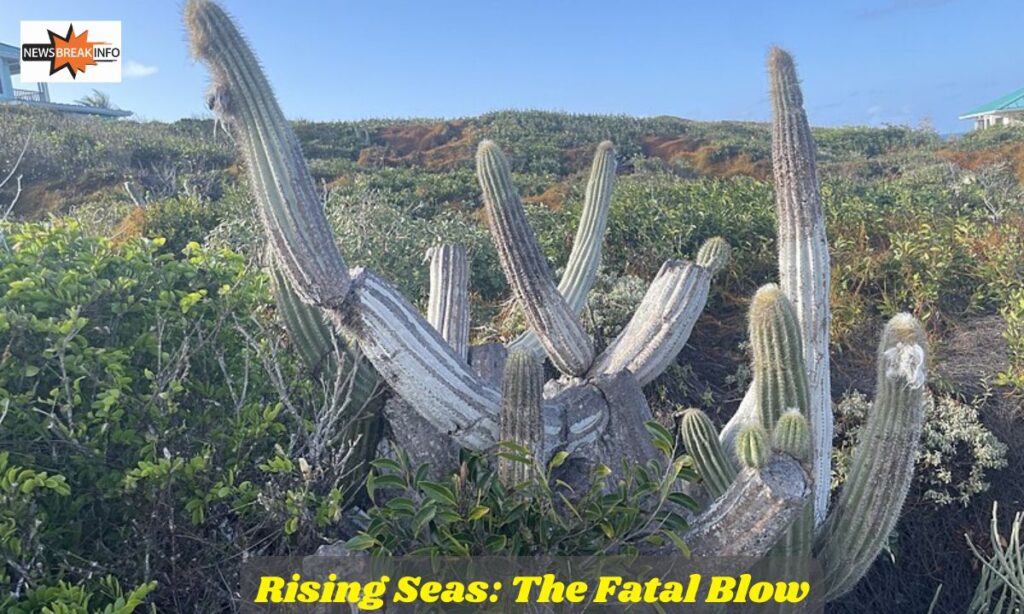
While habitat loss and human activities initiated the decline, rising sea levels delivered the final blow to the Key Largo Tree Cactus. Climate change has accelerated the rise of ocean levels, causing saltwater intrusion into freshwater habitats. This has been catastrophic for plants that are not salt-tolerant.
Saltwater Intrusion
The increased salinity in the soil made it impossible for the cactus to survive, leading to its eventual extinction in the wild. The cactus, which relied on fresh groundwater, could not adapt quickly enough to the changing environmental conditions.
Coastal erosion and storm surges associated with hurricanes further exacerbated the loss of habitat.
Climate Change Impact
Climate change has not only affected this species but serves as a warning sign for other vulnerable plants and animals. The Key Largo Tree Cactus’s extinction represents a broader ecological crisis. Rising sea levels and changing weather patterns continue to threaten other species in Florida and around the world.
Also See This: How to grow and care Sweet Peas: Guide for Beginners
The Ecological Role of the Key Largo Tree Cactus
Despite its extinction, understanding the ecological role of the Key Largo Tree Cactus is crucial for biodiversity conservation.
Supporting Native Wildlife
This cactus served as a host plant for various insects and a food source for local birds and small mammals. It contributed to the biodiversity of the Florida Keys by providing shelter and sustenance. The cactus also played a role in stabilizing the soil in its native habitat, reducing erosion and maintaining ecological balance.
Biodiversity and Symbiosis
The Key Largo Tree Cactus had a symbiotic relationship with various pollinators, including bees and bats. It flowered and provided nectar, thereby supporting pollination networks within the ecosystem. The loss of this cactus could have cascading effects, disrupting ecological relationships that took centuries to establish.
Lessons Learned and Future Implications
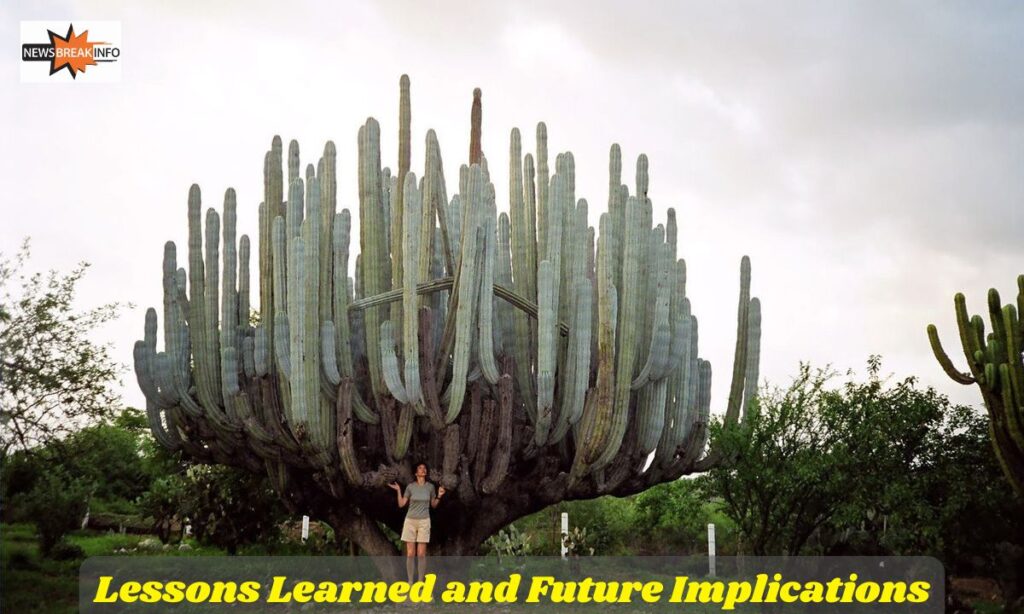
The extinction of the Key Largo Tree Cactus underscores the importance of conservation efforts and climate action.
Importance of Conservation
Protecting native species and their habitats should be a priority to prevent further losses. Stronger protections for endangered species and regulations on land use can help mitigate some human impacts. Restoration projects and the creation of protected areas are essential strategies.
Climate Action and Adaptation
The case of the Key Largo Tree Cactus highlights the urgency of addressing climate change. Governments and communities must invest in climate adaptation strategies to protect vulnerable ecosystems.
This includes building resilience against rising sea levels and protecting freshwater resources from saltwater intrusion.
Community Awareness
Public education plays a vital role in conservation efforts. Increased awareness can lead to better protection of species and more responsible human behavior. Community involvement in monitoring and restoration projects can make a meaningful difference.
| Category | Details |
| Scientific Name | Pilosocereus robinii |
| Height | Up to 10 feet |
| Habitat | Tropical hardwood hammocks |
| Native Region | Florida Keys, primarily Key Largo |
| Extinction Cause | Rising sea levels and habitat loss |
| Ecological Role | Host for insects, food for birds |
Key Features
- Distinctive bluish-green stem
- Soft spines and small flowers
- Host plant for various pollinators
Frequently Asked Questions
What caused the extinction of the Key Largo Tree Cactus?
The extinction was primarily caused by rising sea levels, habitat loss, and human interference.
Is climate change affecting other species in the Florida Keys?
Yes, climate change is threatening many native plants and animals in the Florida Keys, including other cactus species and mangroves.
How did human activity contribute to the decline?
Deforestation, urban development, and illegal collection all played roles in diminishing the cactus’s natural habitat.
Why is the extinction of a single plant significant?
It signals broader ecological issues and highlights the impact of climate change and human actions on biodiversity.
What can be done to prevent further extinctions?
Conservation efforts, stricter protections, and climate action are needed to preserve remaining species and habitats.
Conclusion
The extinction of the Key Largo Tree Cactus serves as a poignant reminder of the delicate balance within natural ecosystems and the consequences of human actions and climate change.
The gradual loss due to habitat destruction, followed by the fatal blow of rising sea levels, illustrates the complex threats facing species worldwide.
By learning from this extinction and advocating for better conservation and climate policies, we can strive to protect the planet’s biodiversity. Ensuring that other species do not share the same fate is a crucial part of safeguarding our environmental future.

FAtima is a talented content writer and digital marketer with expertise in SEO, social media management, and online marketing.
